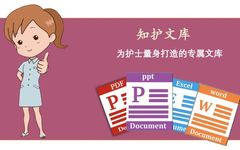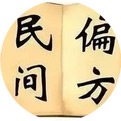Wind-Cold or Wind-Heat Cold? Targeted Treatment is Key!
Cold is a common illness in winter. Wind-Cold Cold? Wind-Heat Cold? How to distinguish between them? What medications should be used for different types of colds? Dr. Xu Shuai, Attending Physician of the TCM Department at Beijing Friendship Hospital recommends a practical guide for everyone. Xu Shuai Attending Physician of the TCM Department at Beijing … Read more








